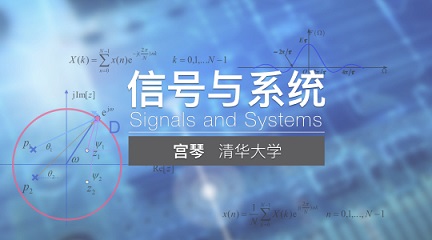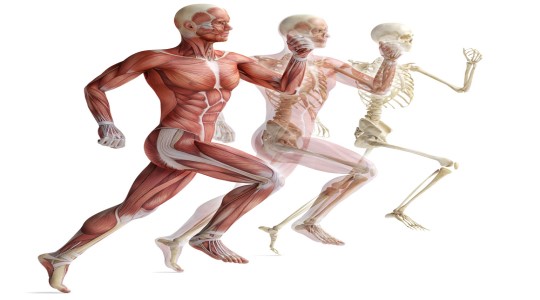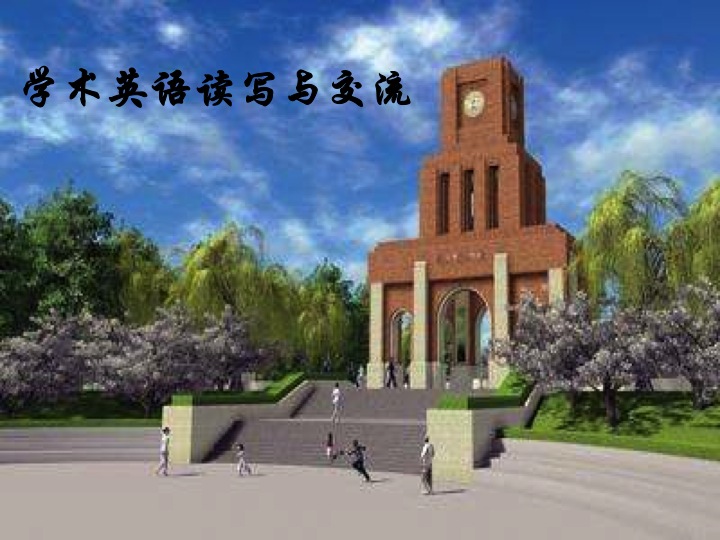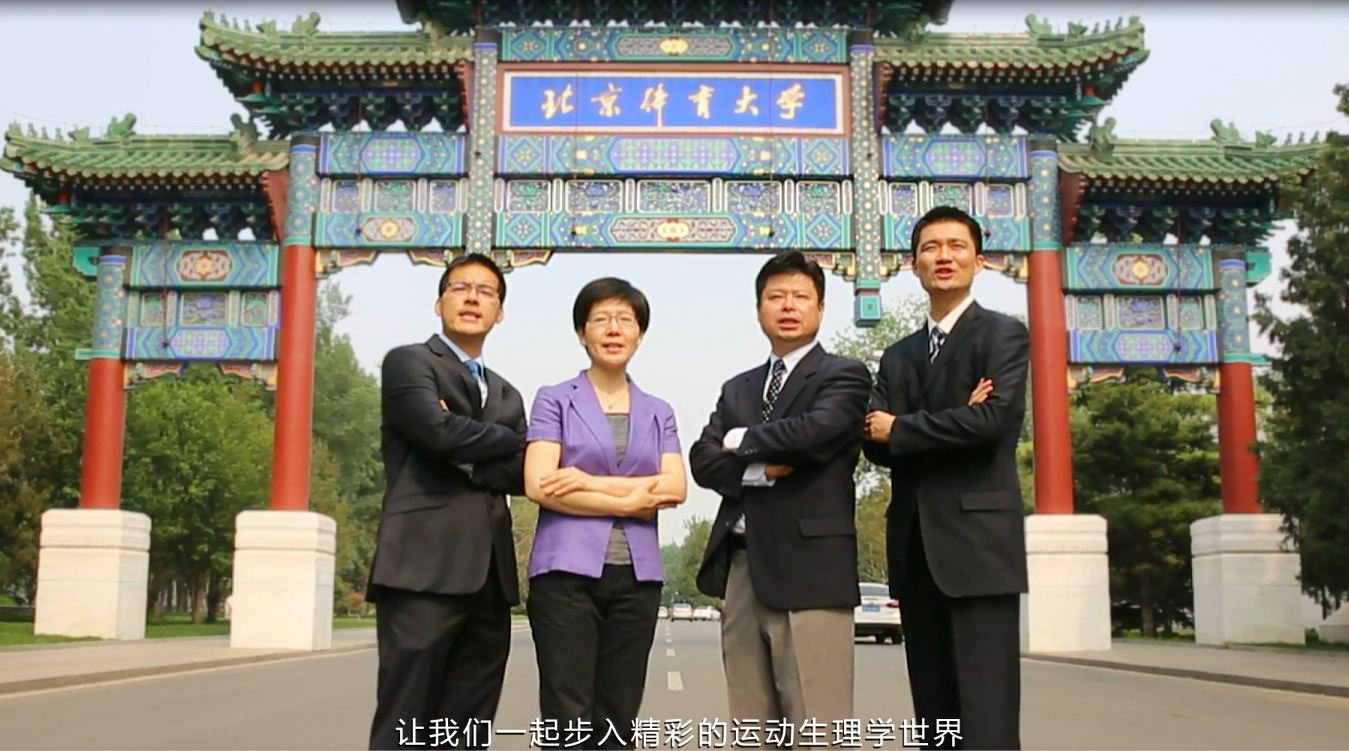
当前课程知识点:Chinese Folk Motif Arts > Unit 4. The Heritage of Chu Culture: Discovering the Intangible Cultural Heritage > 4.3 Intangible Cultural Heritage of Chu Culture > 4.3 Intangible Cultural Heritage of Chu Culture (Part 2)
返回《Chinese Folk Motif Arts》慕课在线视频课程列表
返回《Chinese Folk Motif Arts》慕课在线视频列表
土家族织锦“西兰卡普”
土家族织锦是我国少数民族织锦之一
民间称为“打花”
传统的土家锦多于铺盖
所以也叫“打花铺盖”
土家语称“西兰卡普”
土家锦古代称之为“斑布” 或者“溪布”
土家锦的主要原料是丝线 棉线和麻线
它的织造方法与古代的斜织机非常相似
它是把经线拴在腰上 从锦的背面来织花
而显示花纹是在正面
这是国家级的非物质文化遗产传承人
叶水云和刘代娥
我上研究生的时候
就在这个村子里面去做过土家锦的调研
就住在这个村子里面
土家锦的早期图案
土家族织的发源地在湘鄂交界的武陵山区
在“五代”之前这个地方还处于喜渔猎
不事商贾的原始的渔猎时代
这个时代的土家族织锦
大都保存了土家族原始的纹样
以及他们用土家语起的纹样的名称
这是《四十八勾》
《四十八勾》是土家锦中的最有代表性的纹样
我这有一张《四十八勾》
这是从我调研的时候在农民那而买下来的
背面没有图案 正面有图案
《四十八勾》它的主要含义有多种说法
有的说是蜘蛛纹 有的说是螃蟹纹
也有的说是蛙纹
由于它最初的纹样就是那个“八勾”
它的形态单一 以菱形层层向外面扩散
或呈二方连续的排列
或呈四方连续的扩散
形成视觉上的放射状 具有强烈的动感
这是《大蛇纹》和《窝毕纹》
土家族织锦妇女对龙蛇的认识是模糊的
她们常常龙蛇互混
这些龙蛇纹样它们龙中寓蛇 龙意蛇形
《窝毕纹》取蛇身的弯曲之形态
表现蛇的意象和动感
而《大蛇纹》 用简单概括的几何图案来构成
这是《马毕纹》 和《补毕纹》
“马毕”就是小马 “补毕”就是小船
这是《实毕纹》 汉译为“小野兽”
它是四方连续的图案
这种图案源于战国时期楚国的丝织物
湖北江陵马山一号出土一件叫做
《菱格六边形纹绦》
与今天土家锦《实毕纹》非常接近
不同的是古丝绦中的六边形主体纹样
在《实毕纹》中用了一只小野兽去替代
但是它的基本格局是一样的
时隔两千多年 两种织物还如此相似
可见他们从同一母体纹样分离出来之后
走得还不太遥远
中期图案
唐代未年 土家人民结束了长期的战乱生活
他们安顿下来从事“刀耕火种”的农业生产
这个时候的《桌子花》 《椅子花》
《箱子花》 《岩墙花》等
反映定居生活的花纹
开始出现在土家锦上面
这一时期的最有代表性的纹样是《神龛花》
《神龛花》源于土家人堂屋正中的神龛
就是敬神的神龛
这个神龛上写有“天地君亲师位”
湘西的沅 澧二水流域是屈原当年的逐放地
他 出见俗人祭祀之礼 歌舞之乐
其词鄙陋 因作《九歌》之曲
《九歌》中的诸神今天仍然活在湘西的民间
刚才我们看了“太乙” “九天司命”
就是“大司命” “小司命”
土家族的“梅山女神”她专门管狩猎
与屈原《九歌》中的“山鬼”的原型非常接近
这就是典型的《神龛花》
它已经变得很抽象了 看不出神龛
但是它这一个台子的意象还是存在的
《神龛花》是一种垂帘式的二方连续图案
这是土家族织锦一种特殊的构图形式
从上到下像帘子一样垂下来
这是反映土家族定居生活的
《椅子花》和《岩墙花》
晚期图案
雍正“改土归流”后
汉文化大量传入土家族地区
一些常见的汉族的吉祥纹样
开始慢慢地在土家织锦中出现
《福禄寿》 《虎皮花》等纹样
它采用的是“八达晕”式的四方连续的布局
把相同的文字斜向排列
大家知道
土家锦它是一种“通经断纬”的纬锦
可以随心所欲地变换颜色
但是同一图案 同一色彩
排列成斜行的这种情况较为多见
可见它们保留了古代“经锦”的遗风
这是土家族织锦上的《凤穿牡丹》
《老鼠接亲》等等
它都是受汉文化的影响
这些是土家族相关的民俗图片
土家族地区出土文物
民俗和土家族织锦《台台花》图案
在生活中的应用
作为嫁妆的土家锦“西兰卡普”
这位土家姑娘在整理自己的嫁妆
这是土家人的摇篮 “窝窝背笼”
他们的小孩就睡在这个摇篮里面
上面覆盖着《台台花》的图案
这就是土家族盖裙上的《台台花》图案
这是土家族的祖先“傩公 傩母”
这是流传至今的土家族民俗
叫做“赶白虎”
在堂屋的下面画了一个弓箭
这个弓箭是朝外射的
它要把这个“白虎”赶出去
下面有一个讨论题
通过学习土家族的传统文化艺术
谈谈你对土家族织锦《台台花》
这个图案的理解
下面我们分组讨论
然后每个小组上台陈述你们小组的观点
刚刚我们小组
对《台台花》这个图案进行了讨论
然后 就是这个《台台花》的图案
大家看一下
其实它之前也被称作“台台虎”
是少数名族的一种图腾文化
就像大家之前都知道的
其实图腾文化对于少数名族来说
是一种精神上的寄托
“巴人”在很久以前
其实更开始是对蛇进行图腾崇拜的
但是 在“廪君”统一了五姓之后
在那一地区 大家为了表示对他的尊敬
相传他去世之后幻化成了“白虎”
所以就开始进行了对《台台花》的崇拜
也就是“台台虎”的崇拜
然后 第二个方面
我觉得它更多是起到一种镇邪和庇佑的作用
因为 这种图案
绣在一些枕头上或者是一些容器上的时候
大家都希望能够展示它的凛凛威风
对小孩子寄希望他平安快乐
然后第三个方面
当然是更加寄托了一种美好的愿望
希望小孩子能够像“白虎”一样威风凛凛
健康茁壮地成长
大概就是这三方面的内容 谢谢大家
老师同学们大家好
今天 我就代表我们小组
来讲一下土家族的织锦《台台花》
通过刚才的讨论
我们小组有以下的三个结论
首先第一个是
我们都知道
土家族是居住在湘鄂渝黔四省的交界处
他们是有不同的支系的
善于织这个《台台花》图案的土家族
他们是处于湘西北一带
这些土家族他们主要是湘西土著人的后代
因此我们小组与刚才的小组有不同的观点
我们认为他们并不信仰“白虎”
相反的
他们憎恨“白虎” 甚至害怕“白虎”
这在他们的民俗“赶白虎”的活动当中
是有很明显的体现的
接下来 我们来说一下《台台花》图案
《台台花》图案它的用法
主要是把它覆盖在婴儿的“窝窝背笼”上
用来遮光或者是防止“白虎”的入侵
以达到保护小孩的这样一个目的
在土家族的织锦当中有100多种图案
但是只有这种《台台花》图案
能够用在他的盖裙之上
因此我们小组认为 这样一个特殊的现象
也体现了《台台花》图案
对于土家族的重要性
第三个 我们来看一下
《台台花》图案它表现的是怎样的形象
我们小组认为它表现的是
土家族祖先“傩公 傩母”的形象
它是由“船纹” “水纹”和“人面纹”
三种图形组成的
这也与《人类起源》的传说是一脉相承的
《台台花》图案的应用与盖裙保护小孩的功能
也完全的相呼应
因此我们认为《台台花》的图案
是土家族祖先“傩公 傩母”的形象
谢谢大家
刚才
几个小组的同学都陈述了他们自己的观点
可以说 是各有见地
同学们的结论就是两种
一种是认为《台台花》
它是古代“巴人” 虎的形象
认为是土家族图腾的形象 “白虎”
另一种认为《台台花》
是土家族的祖先“傩公 傩母”的形象
它用于保护土家族的后代
至今 学术界也有相类似的两种观点
从民俗学的调查我们可以看出
织《台台花》的土家人
他们是不信奉“白虎”的
他们有明显的“赶白虎”的习俗
可见
我们的民间艺术研究不能脱离民俗的土壤
而只是从古籍中的只言片语中寻找答案
纵观历史
楚文化以其独特的魅力在华夏文明中独树一帜
今天 我们回顾楚文化昔日的风采
寻觅它在这片土地上
流存至今的文化艺术遗迹
从充满神秘色彩的民间图形中
领略艺术创造的独具匠心
这将对我们继承和弘扬
中国优秀的文化遗产具有积极的现实意义
今天 我们的讲课到此结束
谢谢同学们
-A brief introduction of the study unit
-1.1 The meaning of learning Chinese folk motifs
--1.1 The meaning of learning Chinese folk motifs
-1.2 A brief introduction of graph
--1.2 A brief introduction of graph
-1.3 The basic categories of Chinese folk motifs
--1.3 The basic categories of Chinese folk motifs
-1.4 The basic characteristics of Chinese folk motifs art
--1.4 The basic characteristics of Chinese folk motifs art
-1.5 Research on the questions and the motifs cases
--(1) Researches and case studies on motifs
--(2)Research on Traditional Motifs
-1.6 Unit assignment: thinking questions
-1.7 Online Quiz
--1.7 Online Quiz
-1.8 Expanded learning resources
--Embroidery of Guizhou Miao ethnic group (Video)
--The Magnificent Miao Ethnic Group: Wordless Book of Miao (Video)
--Chinese Folk Motifs(Graphics and images)
--Websites
-A brief introduction of the study unit
-2.1 The modeling methods of folk motifs
--2.1 The modeling methods of folk motifs (Part 1)
--2.1 The modeling methods of folk motifs (Part 2)
-2.2 Aesthetic implication of folk motifs
--2.1 Aesthetic implication of folk motifs (Part 1)
--2.2 Aesthetic implication of folk motifs (Part 2)
-2.3 Research on the questions and the motifs cases
--Research on the questions
-2.4 Art Practice: Canton Embroidery
-2.5 Unit assignment: Judgment and thinking questions
--Judgment questions
-2.6 Expanded learning resources
--My hereditary treasure: new year woodblock print made by Tai Liping (Video)
--Taohuawu new year woodblock print (Graphics)
-A brief introduction of the study unit
-3.1 A Brief Introduction of Chinese Folk Paper Cut
--3.1 A Brief Introduction of Chinese Folk Paper Cut
-3.2 The craft of Chinese folk paper cut
--3.2 The craft of Chinese folk paper cut
-3.3 The techniques of expression of Chinese folk paper cut
--3.3 The techniques of expression of Chinese folk paper cut
-3.4 A brief introduction of Chinese shadow puppetry
--3.4 A brief introduction of Chinese shadow puppetry
-3.5 The artistic characteristics of Chinese shadow puppetry
--3.5 The artistic characteristics of Chinese shadow puppetry
-3.6 The modeling of Chinese shadow puppetry
--3.6 The modeling of Chinese shadow puppetry
-3.7 Art Practice: Paper Cut
--A Brief Introduction of Art Practice
--Traditional Chinese Paper Cutting : Butterfly
--Traditional Chinese Paper Cutting : Baby with twisted knors of har
--Paper-cut creative case (picture)
-3.8 Unit assignment: Paper Cut creation
-3.9 Online Quiz
--3.9 Online Quiz
-3.10 Expanded learning resources
--Backstage performance of shadow play (video) (Ⅰ)
--Backstage performance of shadow play (video) (Ⅱ)
--Shadow play "Monkey Eating Peach"
--Analysis of Chinese Shadow Puppet Art
-A brief introduction of the study unit
-4.1 The State of Chu and Chu Culture
--4.1 The State of Chu and Chu Culture
-4.2 Representative Graphics of Chu Culture Remains
--4.2 Representative Graphics of Chu Culture Remains
-4.3 Intangible Cultural Heritage of Chu Culture
--4.3 Intangible Cultural Heritage of Chu Culture (Part 1)
--4.3 Intangible Cultural Heritage of Chu Culture (Part 2)
-4.4 Research on the questions and the motifs cases
--Chu Culture Relics Graphics
--The motifs case : Tujia ethnic Brocade "Xilan Kapu"
-4.5 Art Practice: Decorative painting
--Art Practice: Decorative painting sketch
--Art Practice: Decorative painting modeling
--Art Practice: Decorative painting coloring
-4.6 Unit assignment
--4.6 Unit assignment
-4.7 Online Quiz
--4.7 Online Quiz
-4.8 Expanded learning resources
--Bronze ware, lacquerware, silk fabrics of Chu culture
--Yao ethnic bright-colored embroidery applique, Dong ethnic brocade
-A brief introduction of the study unit
-5.1 Totem
-5.2 Panhu Worship
-5.3 The Legends of Totem in Costumes
--5.3 The Legends of Totem in Costumes
-5.4 The Tattoos of the Li Ethnic Group
--5.4 The Tattoos of the Li Ethnic Group
-5.5 Art Practice: Tie-dye
--Xiang Yunfang tie-dyeing (clamp-tie) video
--Xiang Yunfang tie-dyeing (bundle-tie) video
--Xiang Yunfang tie-dyeing (dog-paw flower) video
-5.6 Research on the questions and the motifs cases
--Totem problem exploration
--Traditional graphics cases:The "Hundred-bird Clothes" of the Miao ethnic in Guizhou
-5.7 Unit assignment: Tie-dye creation and thinking questions
--5.7 Unit assignment: Tie-dye creation and thinking questions
-5. 8 Expanded learning resources
--Miao embroidery in Taijiang (Video)
--The Magnificent Miao Ethnic: Who made life so glorious (Video)
--National costumes of southern China
-A brief introduction of the study unit
-6.1 Philosophical Reflections on the Harmony of Taiji and “Yin and Yang”
--6.1 Philosophical Reflections on the Harmony of Taiji and “Yin and Yang”
-6.2 “Nine Palaces” and Its Spatial Layout
--6.2 “Nine Palaces” and Its Spatial Layout
-6.3 Plane Static Four-dimensional Space
--6.3 Plane Static Four-dimensional Space
-6.4 “Almorphism” of Batik Graphics
--6.4 “Almorphism” of Batik Graphics
-6.5 Ingenious Calculations by Folk Carpenters
--6.5 Ingenious Calculations by Folk Carpenters
-6.6 Research on the questions and the motifs cases
--Research on the questions and the motifs cases
--Introduction to Miao Batik (Video)
--Danzhai Batik - Painting Wax (Video)
-6.7 Unit assignment: thinking questions
--6.7 Unit assignment: thinking questions
-6.8 Online Quiz
--6.8 Online Quiz
-6.9 Expanded learning resources
--The image of dragon in Chinese folk motifs (graphic and image)




